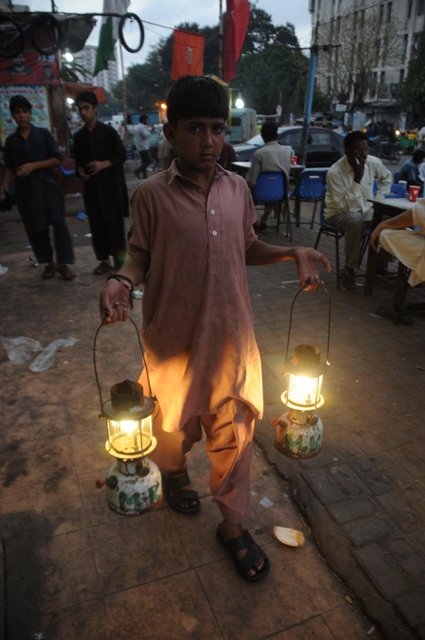
In the litany of bad numbers about power generation in Pakistan, there is one statistic that sticks out more than the rest: state-owned power companies account for 51% of installed capacity but only around 46% of actual production. That difference may sound minor, but in that difference lies the reason for much of why despite having nearly enough generation capacity to meet peak demand, the nation has massive power cuts.
For it is becoming increasingly evident that the thermal power plants operated by the government are so badly managed and inefficient, that it has actually saved the government more money to simply shut them down rather than try to run them and face astronomical costs of power generation. The load for power generation, then, falls mostly on private-sector independent power producers (IPPs).
The IPPs may be expensive, but that is not because they are privately owned. Power produced by IPPs is expensive because of the fuel choices that the government had previously incentivised, namely furnace oil. Cheaper fuel choices result in cheaper tariffs. For instance, Hub Power Company’s oil-fired power plant costs just north of Rs17.81 per kilowatt-hour, but the same company’s run-of-the-river hydroelectric power plant is generating electricity at just Rs8 per unit.
And the private sector operates at much higher overall efficiency rates than the state-run generating companies (known in energy industry parlance as Gencos). IPPs operate at thermal efficiency levels that are an average of 50% higher than those of the state-owned Gencos.
And despite the reliance on thermal IPPs, the overall cost of power generation is not actually too high. The weighted average cost of power generation in the country was around Rs7.97 per unit in 2012, which was only about 7.7% higher than the weighted average billed rate of Rs7.4 per unit for that year.

Of course, power generation is not the only cost one incurs when supplying electricity to consumers. There are also the transmission and distribution costs. But power generation is indeed the single biggest cost, and the relatively minor differential between the overall generation cost and billed price suggests that energy subsidies need not be as high as they currently are.
What keeps power costs down for now is the fact that about 29% of all power generated in the country comes from massive hydroelectric power plants at some of the largest dams in the world that were built decades ago. The loans for the construction of these dams have long been paid off, leaving the nation with a relatively cheap source of electricity.
Worryingly, the government’s plans to invest in more of these are stalled. The Diamer-Bhasha Dam, the only project comparable in scale to Tarbela, but construction has yet to start and already Khyber-Pakhtunkhwa and Gilgit-Baltistan have begun fighting over which province will get how much in royalties.
Meanwhile, gas-fired power plants, which also produce electricity at a rate lower than average, face the cold law of economics that states that an underpriced commodity is likely to be wasted and become scarce very quickly. Such is the case with Pakistan’s natural gas reserves, which are likely to cause gas production to plummet 49% to just under 2,300 million cubic feet per day (mmcfd) by 2021, according to the ministry of petroleum’s projections. That constriction on supply has limited the growth in gas-fired power plants.
Coal is a possible alternative, but imported coal produces electricity at rates higher than the current average, and the coalfields of Thar have been languishing in the lethargic hands of the Sindh government for decades, making it futile to hope that it will come online any time soon.
Published in The Express Tribune, June 3rd, 2013.
Like Business on Facebook to stay informed and join in the conversation.
COMMENTS (1)
Comments are moderated and generally will be posted if they are on-topic and not abusive.
For more information, please see our Comments FAQ















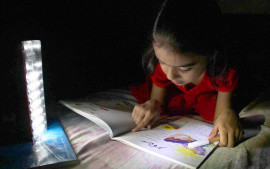
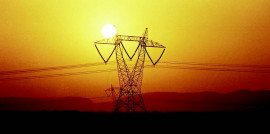
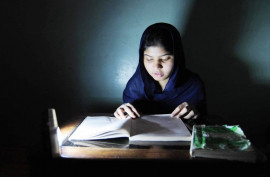
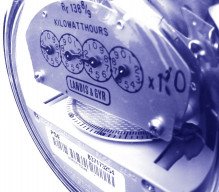


























Right on all counts except generation costs also include fpa